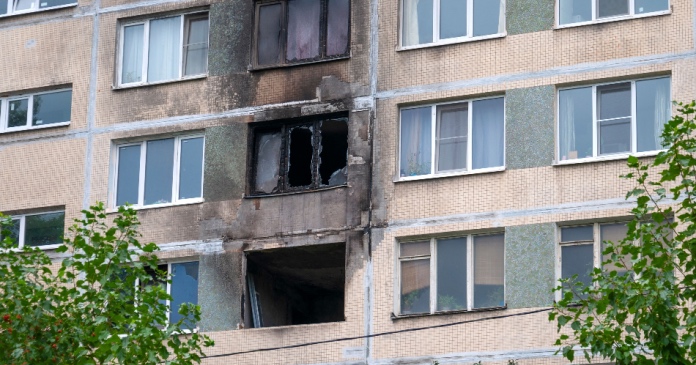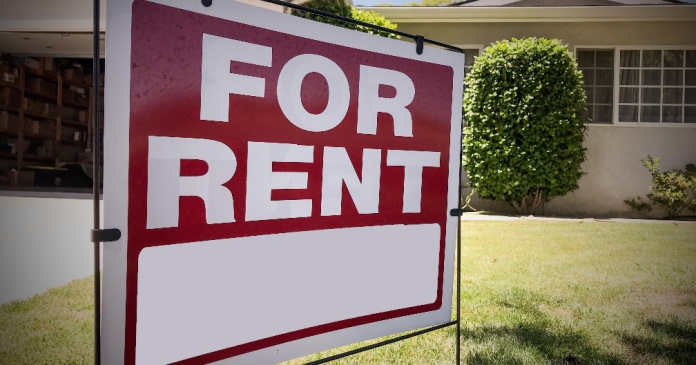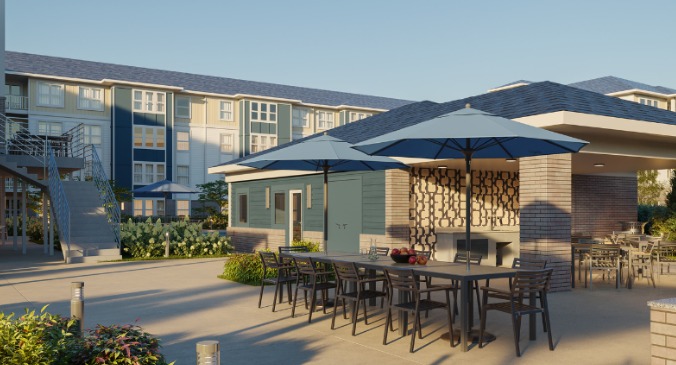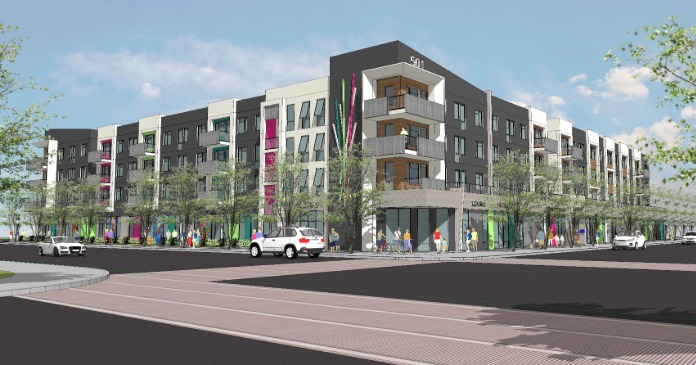Project 2025, a policy blueprint developed by the Heritage Foundation and other conservative organizations, explicitly calls for ending “Housing First” programs as a central part of its proposed overhaul of federal housing and homelessness policy. The document frames Housing First as a failed or overly rigid approach and recommends shifting federal support away from this model.
What Is Housing First?
Housing First is an evidence-based strategy for addressing homelessness that prioritizes providing permanent housing to people experiencing homelessness without requiring them to first participate in treatment for mental health or substance use disorders. Once housed, individuals are offered voluntary supportive services. This approach has been credited with significant reductions in veteran homelessness and is widely supported by research demonstrating its effectiveness in improving housing stability and health outcomes.
Project 2025’s recommendations regarding Housing First include:
- Ending Housing First Policies: The plan calls for the termination of Housing First initiatives, arguing that they have become a “rigid dogma” and blaming them for rising homelessness rates. Critics within the Project 2025 framework claim that addressing housing without simultaneously tackling issues like addiction or mental illness predisposes individuals to return to homelessness.
- Redirecting Federal Funding: Project 2025 advocates for changing federal grant rules that currently favor Housing First, instead supporting models that may require sobriety, treatment participation, or other conditions as prerequisites for housing.
- Privatization and Deregulation: The plan recommends transforming the Department of Housing and Urban Development (HUD) into a more privatized entity, including selling public housing to private developers and discouraging the construction of affordable housing units targeted at the lowest-income Americans.
- Restrictions on Public Housing Residents: Project 2025 proposes imposing strict limits on public housing residents by scrapping Housing First models, which could disproportionately affect vulnerable populations, including mixed-status immigrant families.
Policy context and expert response
- Historical bipartisan support: Housing First was initially a bipartisan policy, credited with reducing chronic and veteran homelessness under both Republican and Democratic administrations.
- Shift toward conditional models: Project 2025’s recommendations signal a return to “treatment first” or conditional models, which require individuals to meet certain criteria (such as sobriety) before accessing housing. Research has shown these models have higher failure and relapse rates compared to Housing First.
- Concerns from advocates: Housing experts and advocates warn that abandoning Housing First in favor of more conditional or privatized approaches could reverse progress made in reducing homelessness and exacerbate housing instability for the most vulnerable populations.
Housing First vs. Project 2025’s proposed approach
| Housing First Model | Project 2025 Proposed Approach | |
| Access to Housing | Immediate, without preconditions | Conditional (may require sobriety/treatment) |
| Federal Funding | Prioritized for Housing First | Redirected away from Housing First |
| Research Support | Strong evidence for effectiveness | Criticizes evidence, favors alternatives |
| Impact on Homelessness | Significant reductions (esp. veterans) | Claims model is ineffective, blames for rising rates |
| Public Housing Policy | Maintains/supports public housing | Encourages privatization, land sales |
Project 2025 represents a sharp ideological shift away from the Housing First model, advocating for its elimination in favor of more conditional, privatized, and potentially faith-based approaches to homelessness. This departure from established, research-backed strategies has raised concern among housing advocates and experts, who warn it could undermine decades of progress in reducing homelessness and housing inequality.
Project 2025 proposes a sharp departure from the Housing First model, advocating for a range of alternative strategies and policy shifts. The key alternatives and changes suggested include:
- Treatment-First and conditional housing models
- Project 2025 recommends prioritizing mental health and substance abuse treatment before granting access to permanent housing, in contrast to Housing First, which provides housing without preconditions.
- This approach would require individuals to demonstrate sobriety or active participation in treatment programs before qualifying for federal housing assistance.
- Work requirements and time limits
- The plan calls for the imposition of strict work requirements and maximum term limits for recipients of housing benefits, such as Section 8 vouchers and public housing.
- These measures are intended to encourage self-sufficiency and upward economic mobility, but evidence shows such requirements often serve as budget cuts and exclude vulnerable populations.
- Privatization and deregulation
- Project 2025 advocates for selling existing public housing to private developers and transforming HUD into a profit-generating, privatized entity.
- It proposes encouraging competition among landlords and offering “mobility vouchers” to facilitate movement out of public housing, rather than investing in new or existing affordable housing stock.
- Restricting eligibility and access
- The plan seeks to bar non-citizens-including mixed-status families-from federally assisted housing, potentially leading to the eviction of thousands of children who are U.S. citizens.
- It also proposes reweighting waiting lists to prioritize two-parent households and removing what it describes as “anti-marriage bias” in housing assistance programs.
- Reducing federal role, increasing local and faith-based involvement
- Project 2025 encourages a shift from federal to local control, suggesting that local welfare organizations and religious groups should play a larger role in addressing homelessness and housing instability.
- This includes reducing federal funding for research and evaluation of tenant outcomes and focusing instead on regulatory impact analysis.
- Homeownership policy changes
- The plan recommends making it harder for lower-income first-time buyers to access 30-year FHA-backed mortgages, instead pushing for shorter mortgage terms, which could further limit homeownership opportunities for low- and middle-income families.
Alternatives to Housing First
| Strategy | Description |
| Treatment-first/Conditional | Require sobriety or treatment participation before housing eligibility |
| Work requirements & time limits | Impose work mandates and cap duration of housing assistance |
| Privatization | Sell public housing to private developers; encourage landlord competition |
| Eligibility restrictions | Bar non-citizens and prioritize two-parent households; restrict access for vulnerable groups |
| Local/faith-based solutions | Shift responsibility to local and religious organizations |
| Homeownership restrictions | Limit access to 30-year mortgages for low-income buyers; encourage shorter terms |
These alternatives represent a significant ideological shift from evidence-based Housing First policies, emphasizing conditional assistance, privatization, and reduced federal involvement in affordable housing and homelessness programs.















